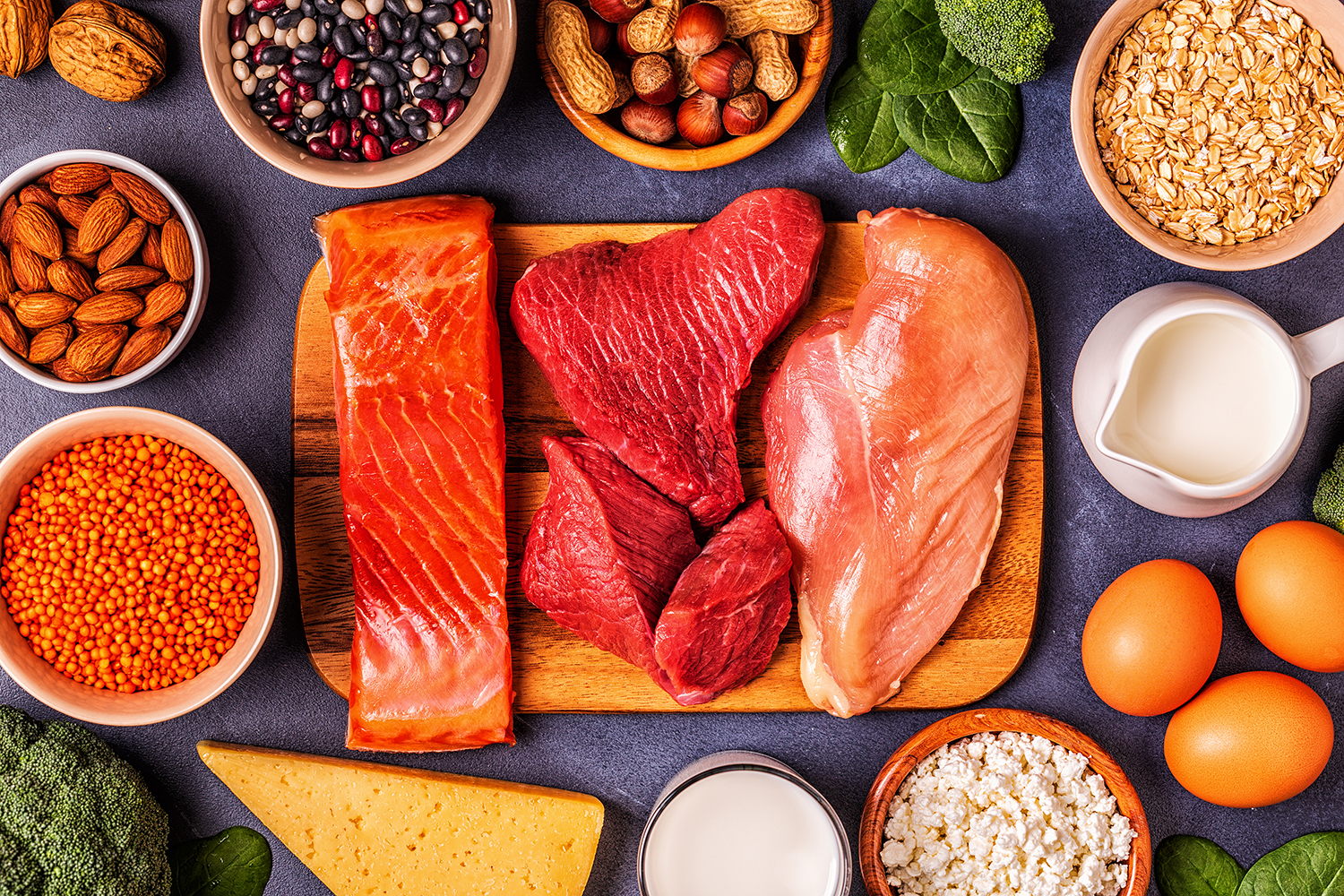
Protein is a vital part of maintaining a healthy diet. Protein promotes muscle growth, supports bone and cartilage health and impacts numerous physical systems. Not all sources are created equal, so it's important to make good choices when it comes to the types of proteins you ingest if you want to get the best results to reach your dietary or fitness goals.
While there are plenty of options, we've narrowed it down to ten of the best sources of protein for athletes or those looking to maintain or lose weight.
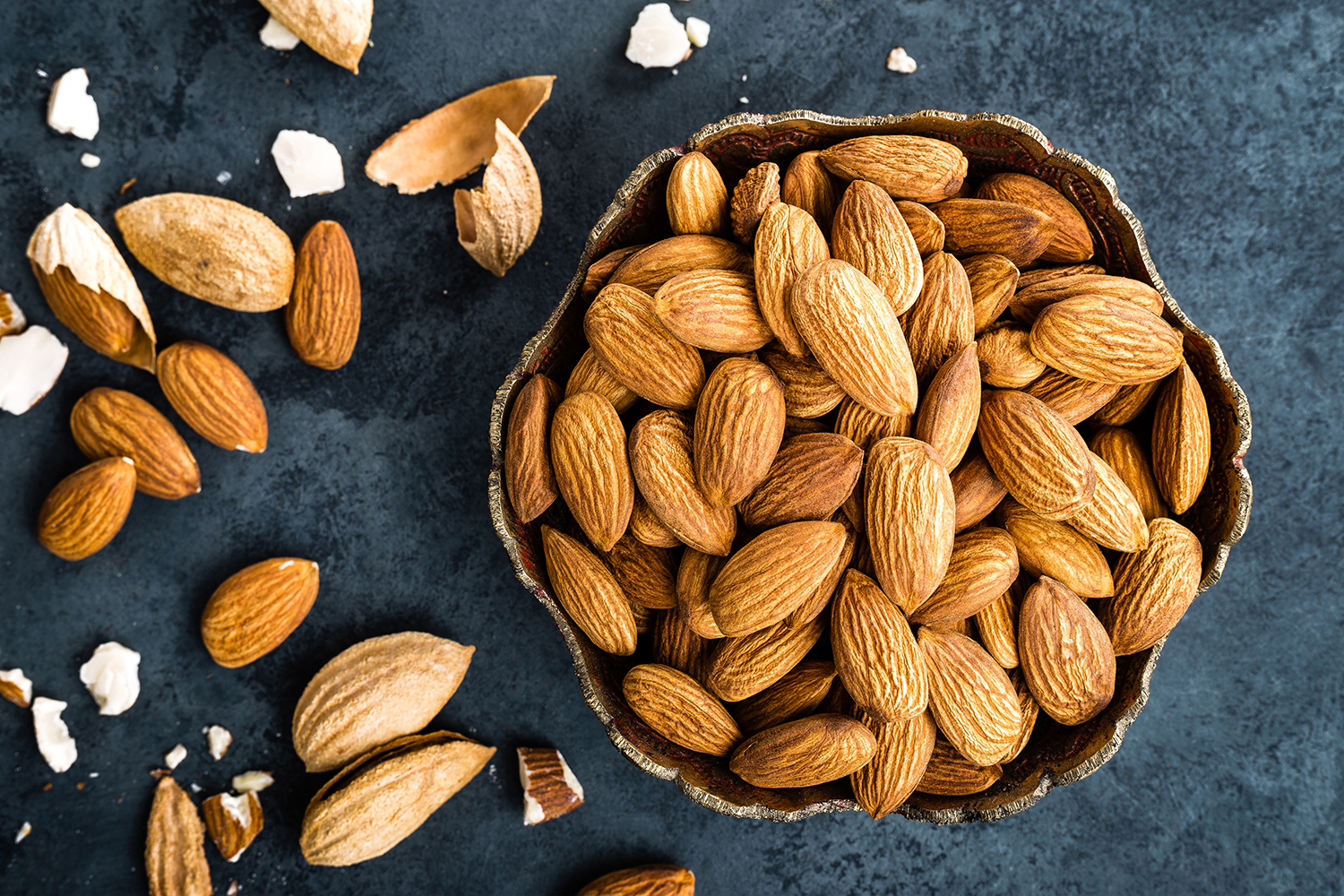
Almonds make a great plant-protein based snack or add crunch and flavor to salads and other meals. Almonds also contain plenty of fiber, magnesium and vitamin E to give your body nutrients as well as protein.
Rather than reaching for crackers, candy or carb-based snacks, try a handful of almonds for a pick-me-up in the middle of the day.
If you get bored of almonds as a snack, try other nuts such as cashews, walnuts or pistachios. They all offer plant proteins and other essential nutrients your body needs.
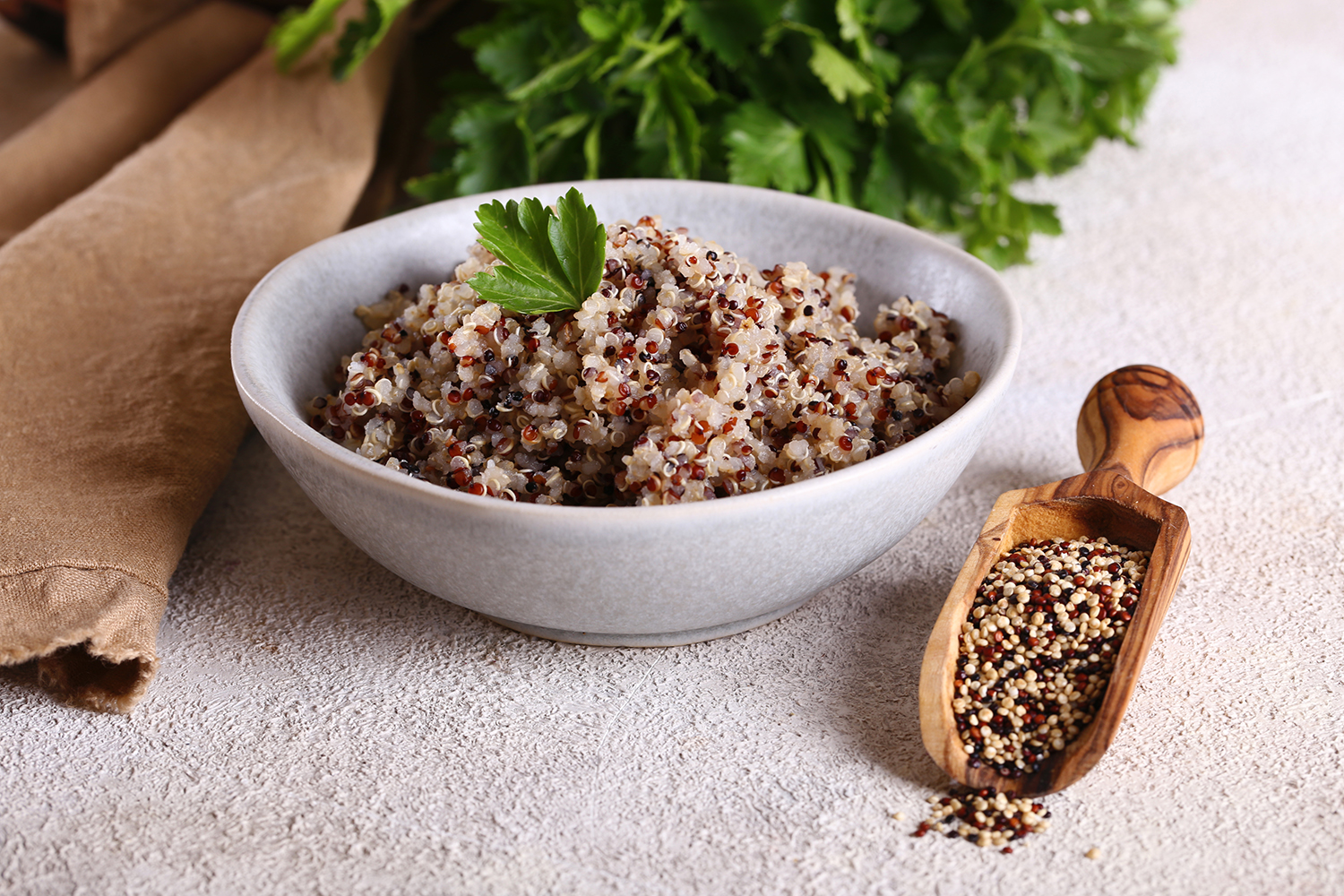
Many associate quinoa with grains, but it is actually a high-protein seed that can be treated like a grain.
Quinoa has plenty of fiber, iron and zinc, as well as all nine essential amino acids. One cup of cooked quinoa contains eight grams of protein and can be found in certain prepared health foods and protein bars as well as raw to be added to soups, salads and other meals.
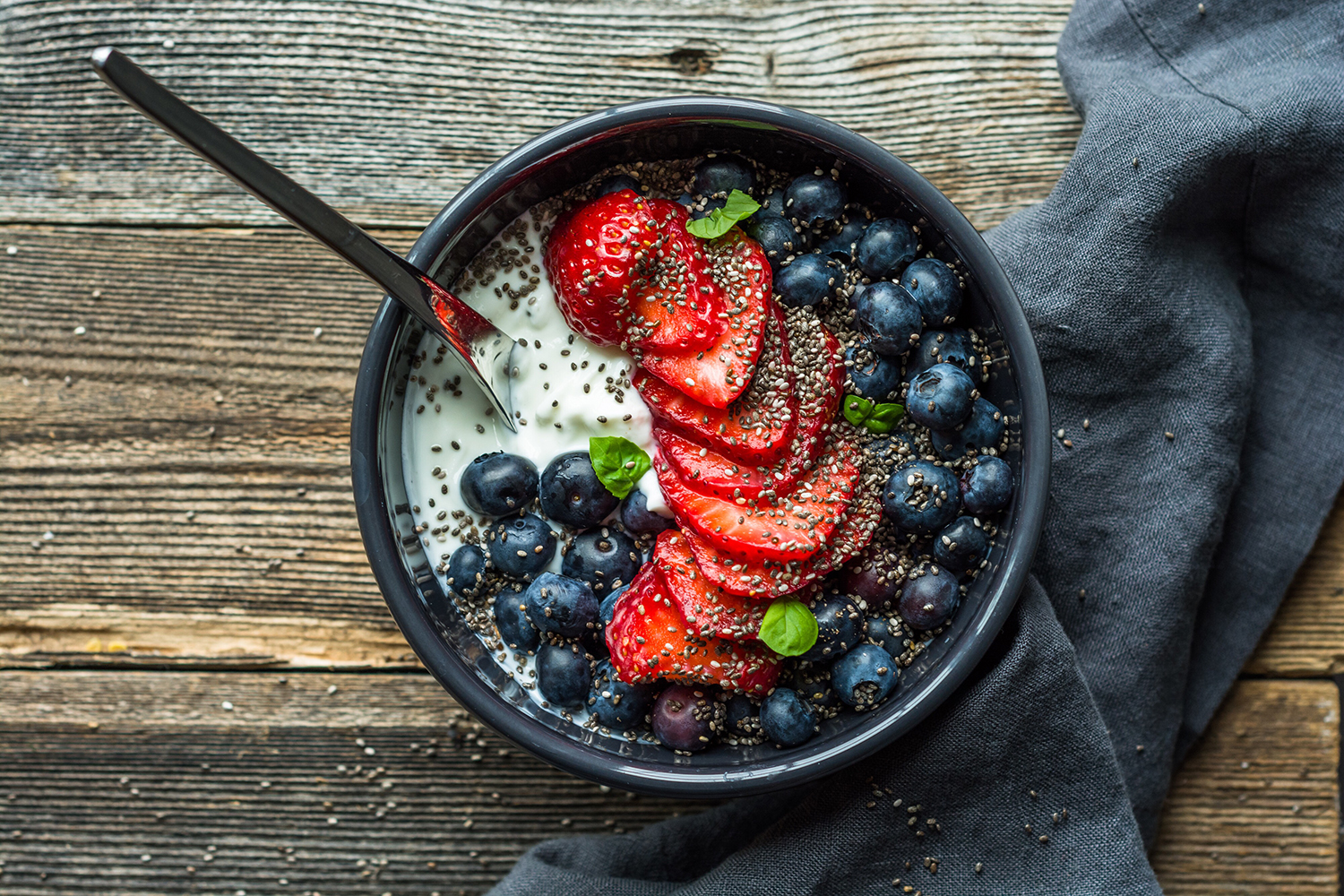
Low-fat Greek yogurt is a versatile creamy yogurt that can be added to smoothies, served with fruit and nuts, added to salad dressings or eaten on its own. Depending on the brand, it can also contain around 19 grams of protein per serving.
Like many other healthy sources of protein, Greek yogurt contains plenty of other performance enhancing nutrients such as vitamins A and B12, calcium and zinc. If you're looking for a Greek yogurt substitute, try cottage cheese as an alternative source of dairy protein.
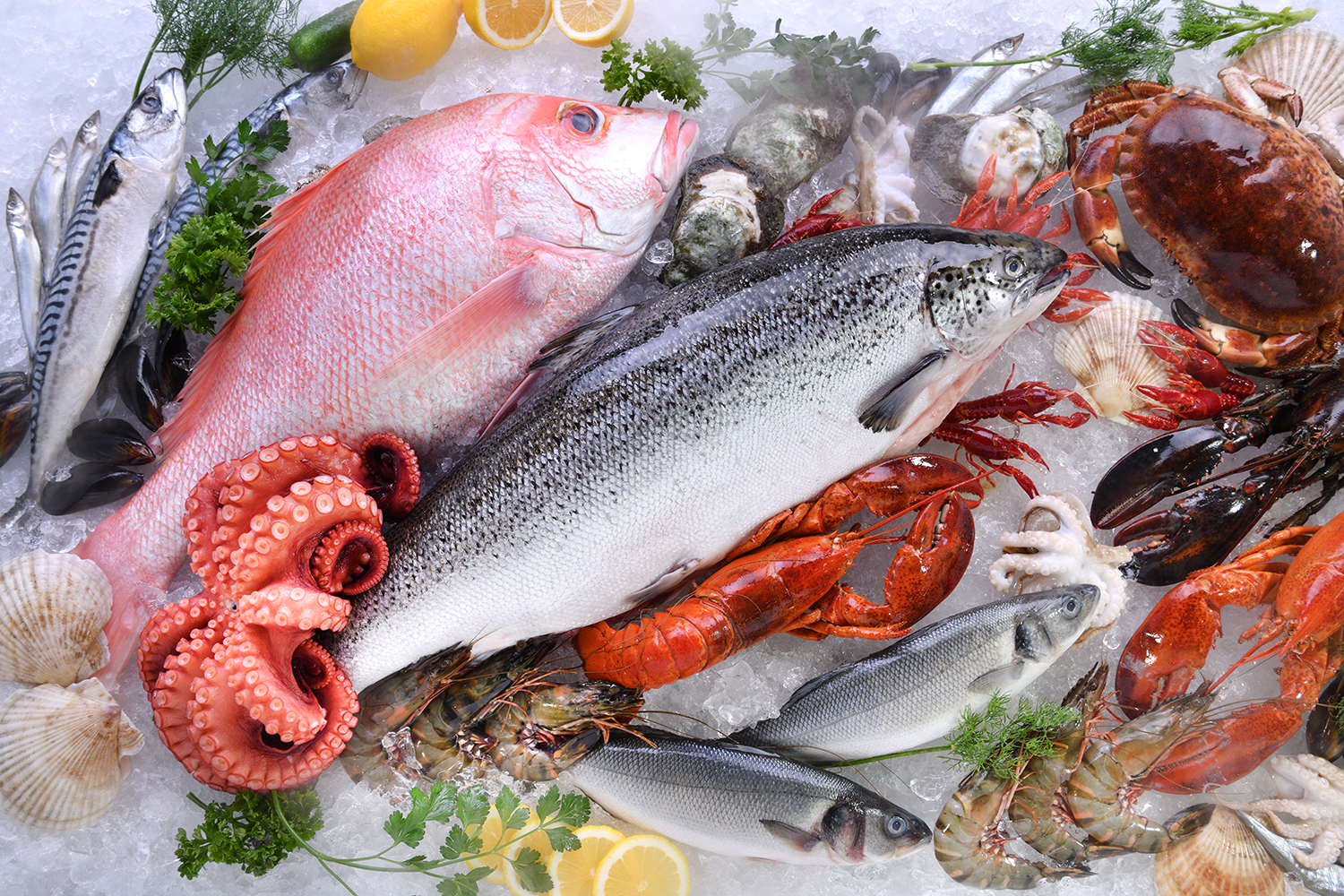
Diets that contain plenty of fish, and other seafood, are high in protein, contain good fats and have been linked to reduced risk of heart disease, diabetes and obesity. Adding more fish to your diet gives you the opportunity to add more variety in flavors as there are many different types of seafood available, and numerous different ways it can be prepared.
If you're looking to add protein and omega 3 acids to your diet, try salmon or herring. Leaner fish include halibut, cod and other white fish.
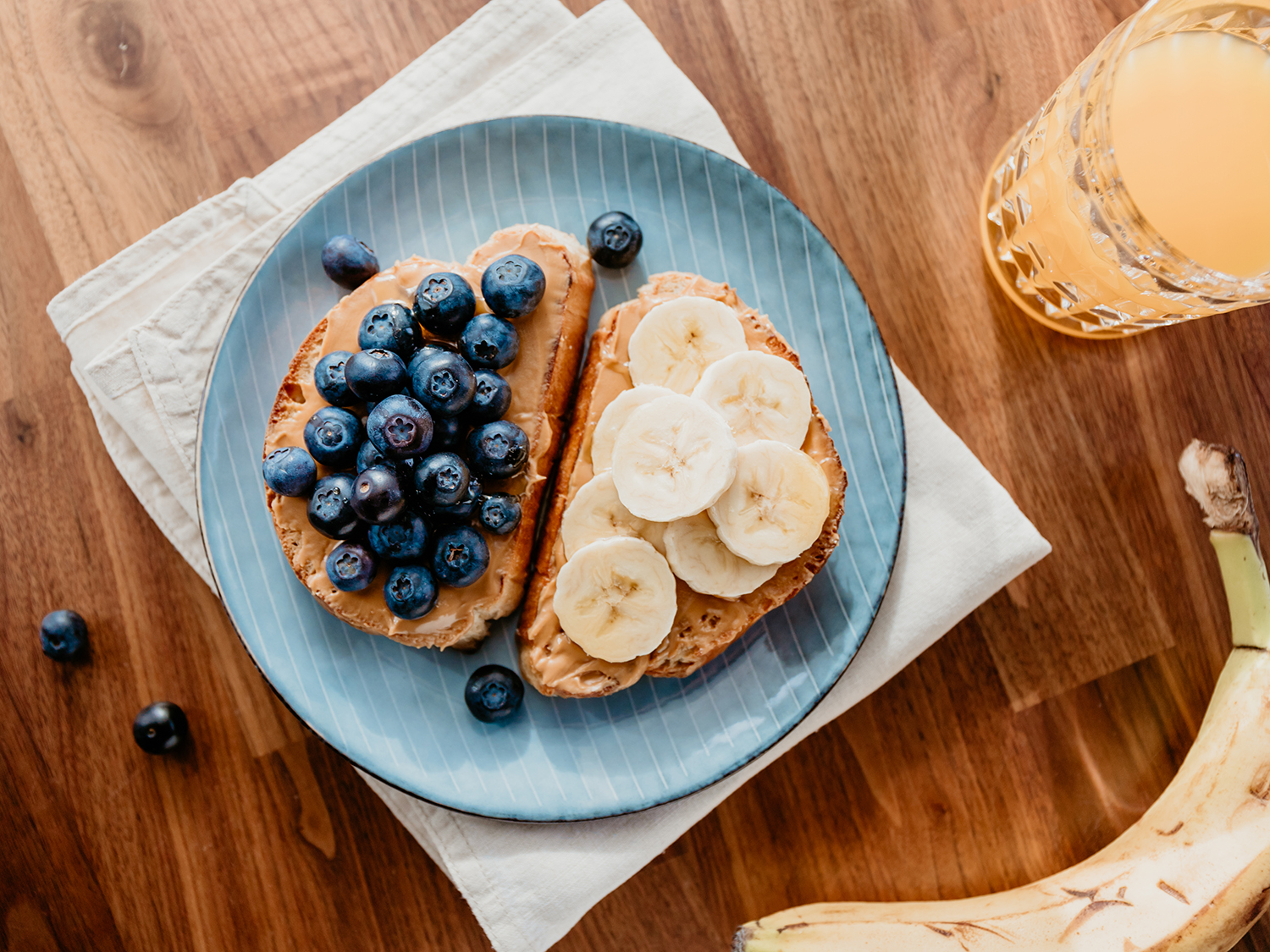
Peanut butter can provide plenty of protein in small amounts. Two tablespoons of peanut butter can contain approximately seven grams of protein, making it easy to get a quick protein boost. Peanut butter can be used in baking, spread on whole wheat bread, used as a dip for vegetables or included in many different recipes.
When choosing peanut butter as a protein source, seek out natural peanut butters with few ingredients. Many commercial peanut butters have added sugars and oils that may hinder your dietary efforts, so choose an all-natural peanut butter or look into buying naturally roasted peanuts and grinding your own at home.
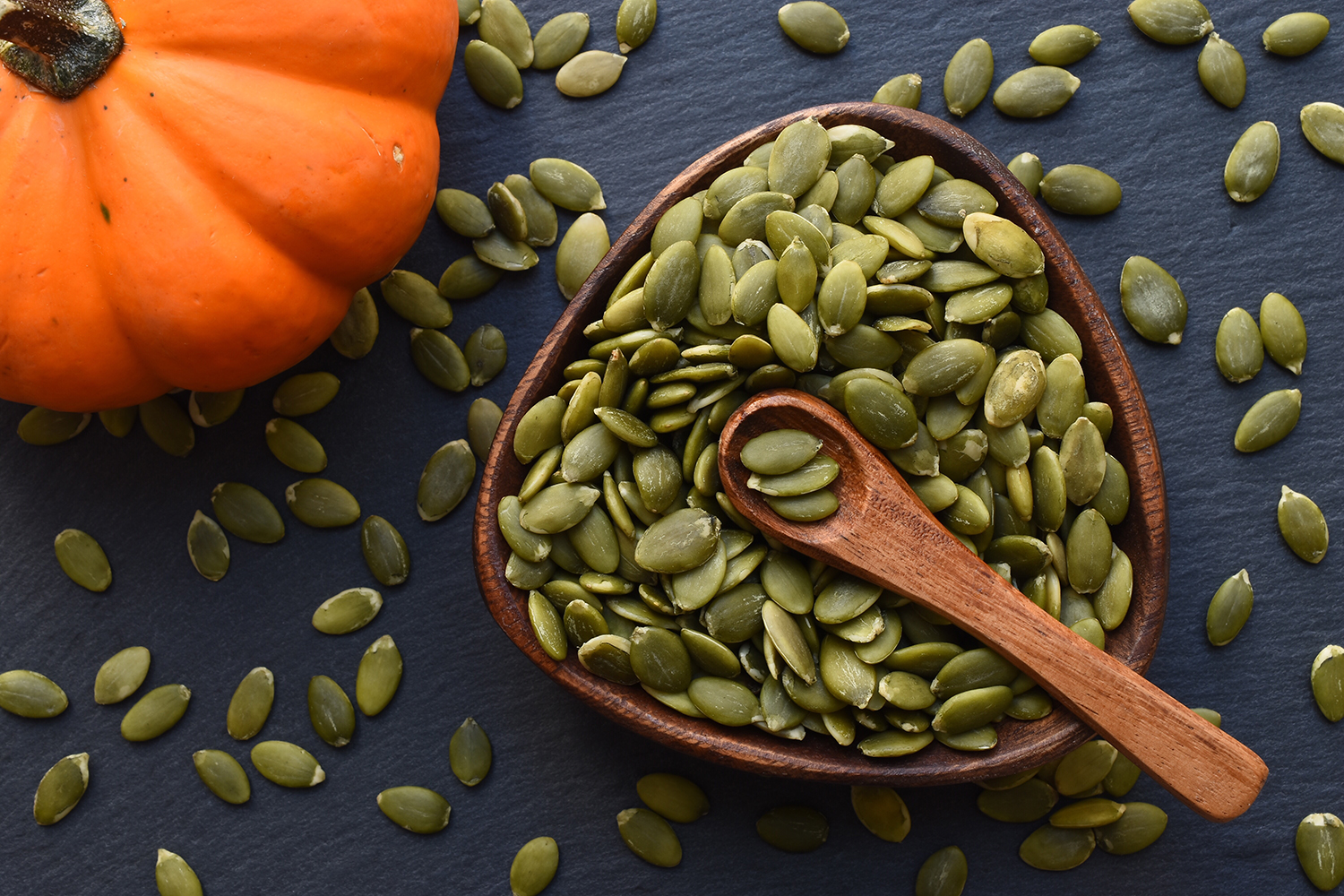
Just like nuts, seeds can make a great snack and be high in protein. Pumpkin seeds have some of the highest concentration of protein per serving among snack seed. Pumpkin seeds are flavorful once roasted, and can be added to yogurts, salads and used as a garnish at meal times for a quick source of protein.
Besides protein, pumpkin seeds are also a nutrient dense food. They contain many minerals, vitamins and are a good source of fiber. If you're looking to make your own trail mix for a snack on the go, try including some pumpkin seeds for extra protein.
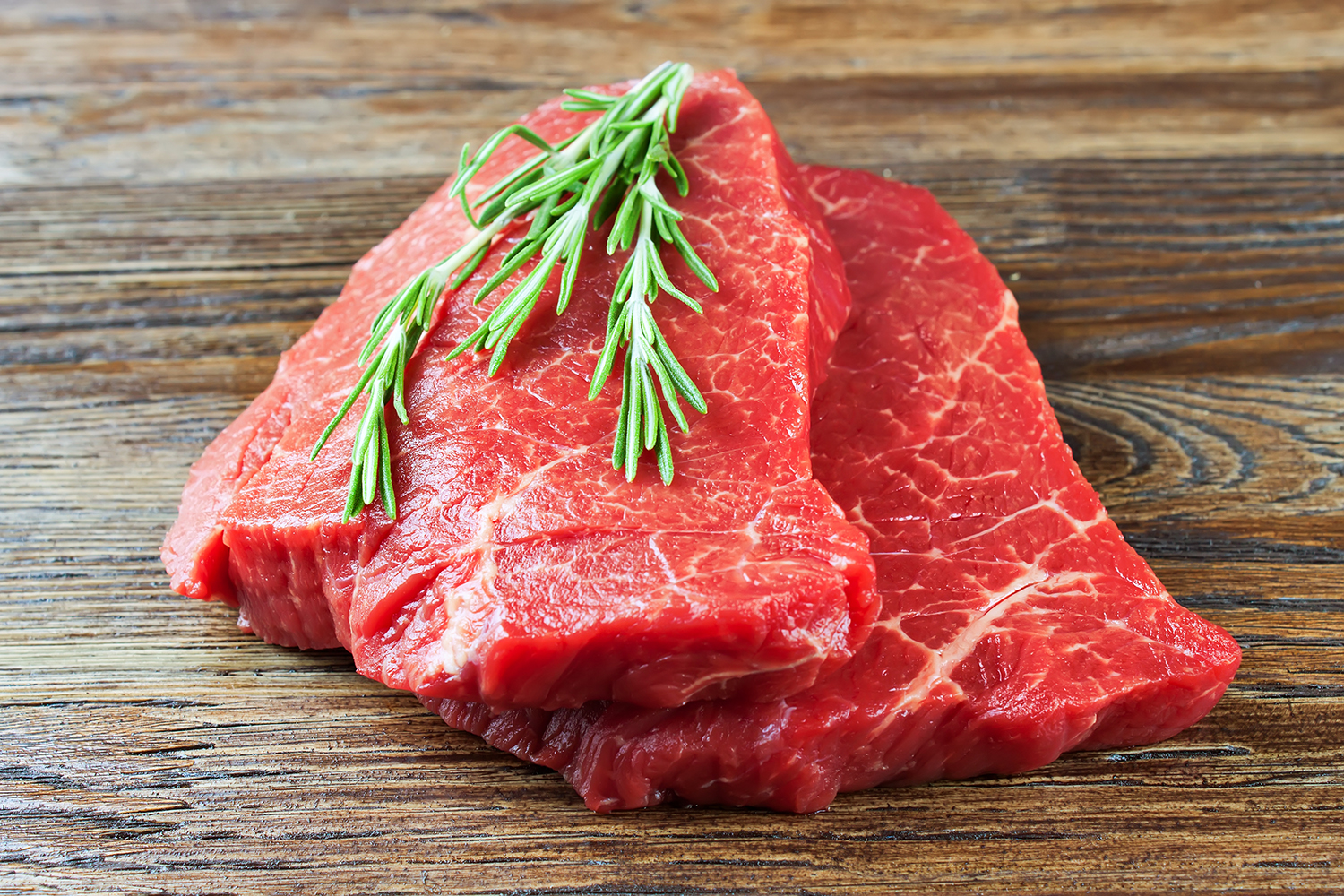
While beef is often left off the list of high protein foods due to the potential for a high fat content, lean cuts of beef such as sirloin and tenderloin can be a great addition to your diet if you're looking to add protein.
When adding beef to your diet, do so in moderation as excess amounts of beef have been linked to high risk of developing certain chronic health conditions. Choose lean cuts of beef, and steer clear of ground beef with high fat content to add protein, iron and vitamins B6 and B 12 to your diet.
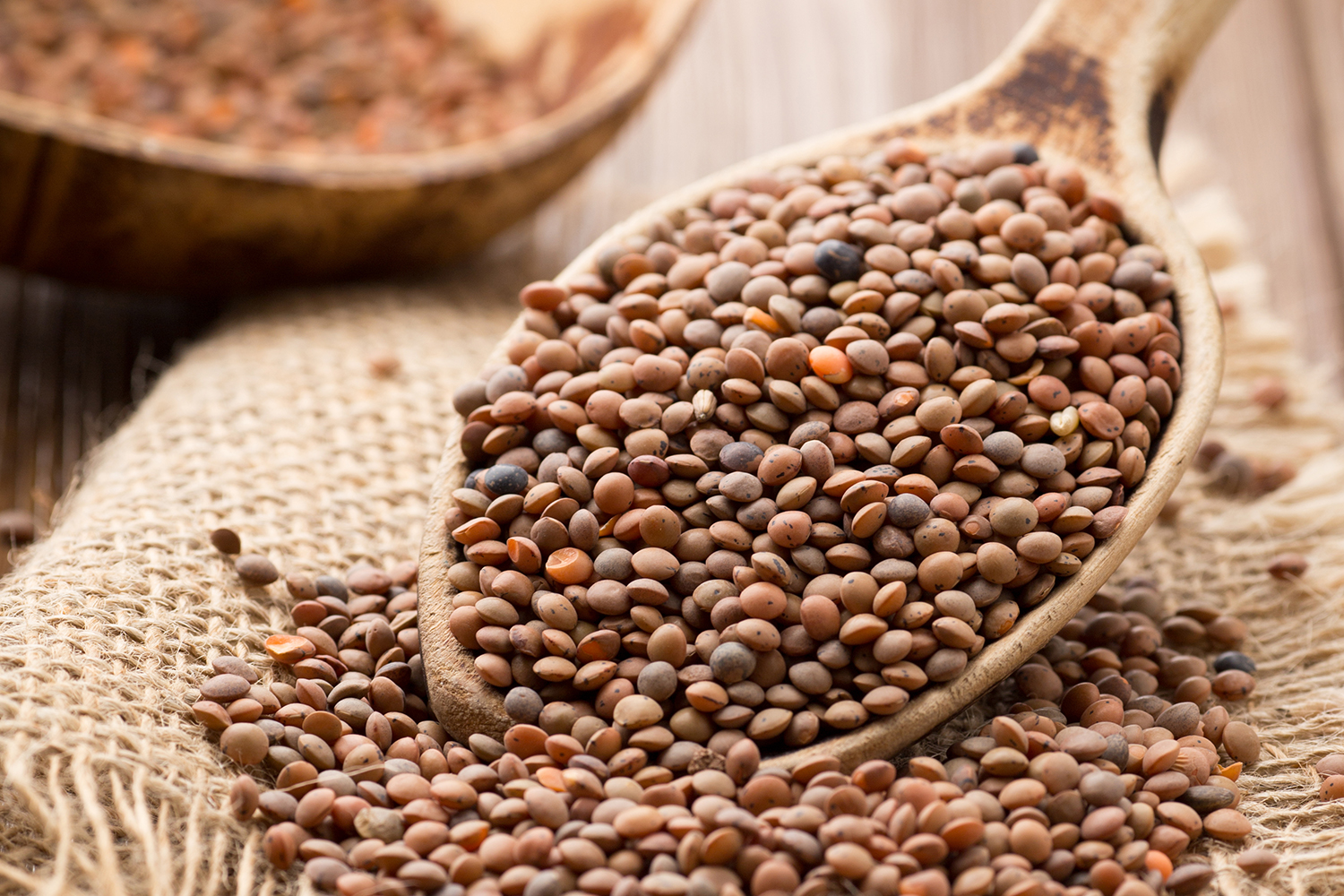
Lentils are another great source of plant-based protein that you can add to your diet. They are one of the most protein-rich foods and perfect for those on a plant-based diet.
Lentils contain approximately 9 grams of protein per half cup, making them the perfect option for adding more plant-based protein into your diet. Other legumes similar to lentils can also be a great choice. Try adding chickpeas or beans to your diet for more protein-rich legumes.
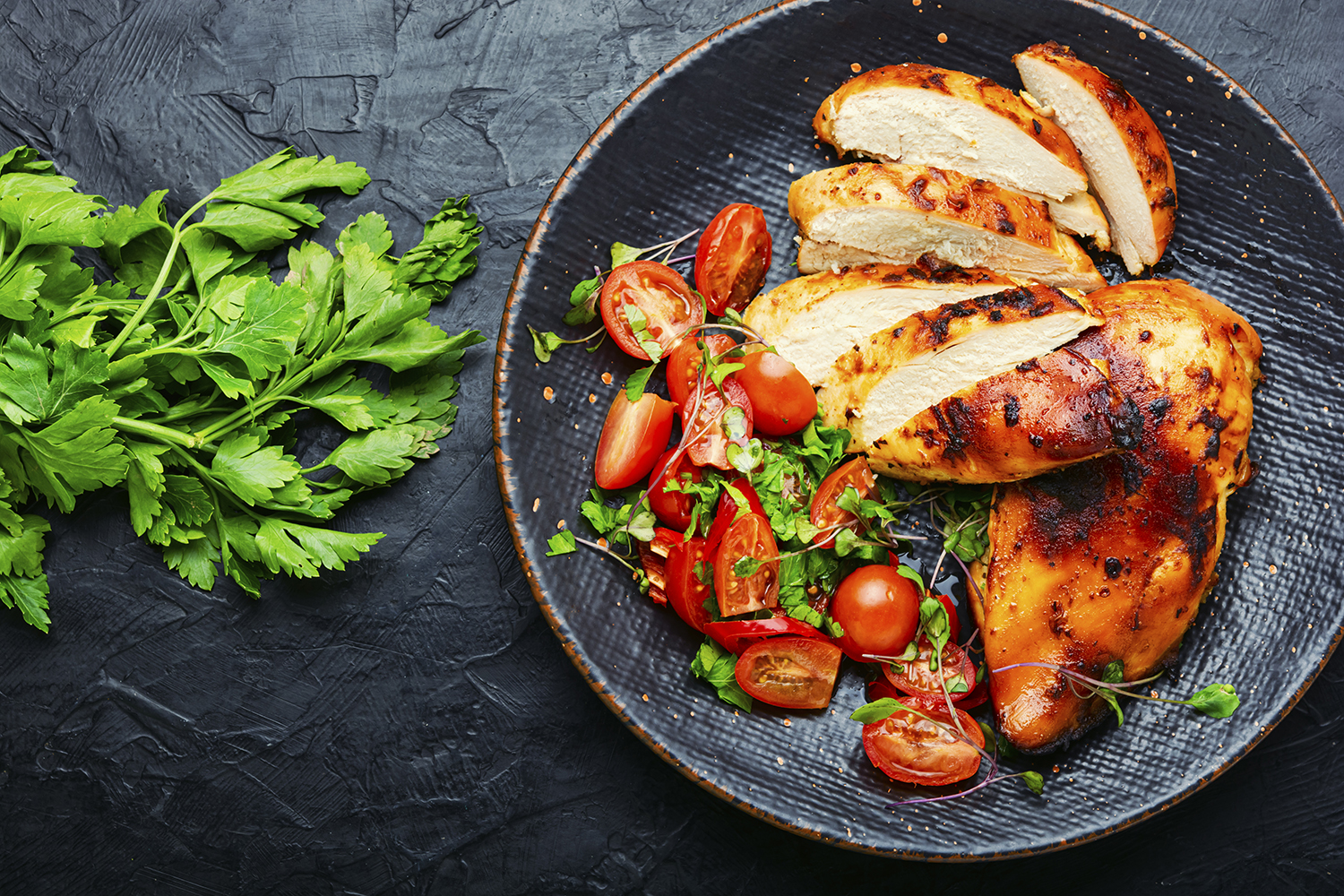
Chicken breast is a naturally lean protein source and is perfect for those looking to add meat proteins into their diet without adding fat calories. Depending on the size, one half of a chicken breast can have around 27 grams of protein.
Chicken is easy to cook and versatile enough that it can be used in nearly any recipe calling for meat proteins. Try using ground chicken as a substitute for fatty ground meats, grilled chicken breasts in sandwiches or include as the protein in your favorite dish. Avoid frying chicken, as fryer oil adds unhealthy fats into your diet.

It's always been known that eggs are high in protein, but over the years they've been left off of plates due to concerns over cholesterol. Modern research has questioned this and some studies now say that a diet that includes eggs can aid in preventing some chronic health conditions.
While the average large egg contains approximately six grams of protein, it also contains several vitamins, antioxidants and healthy fats. Eggs are quick and easy to cook, can be hard boiled and stored in the refrigerator for a quick snack and added to salads for extra protein at lunch or dinner.
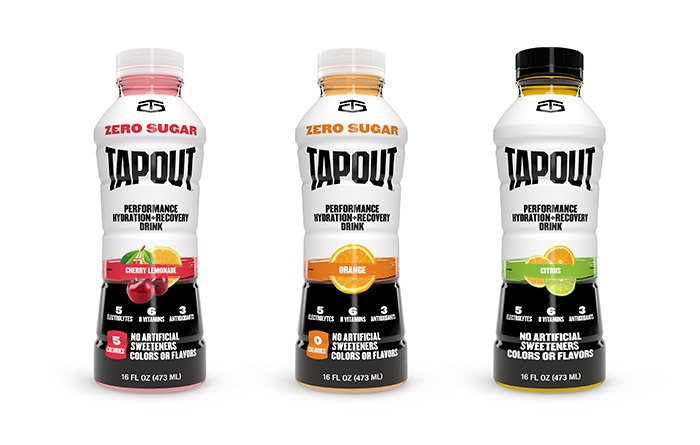
When planning your diet for the day don't forget to consider hydration. Add a TapouT to your hydration routine for a tasty performance boost. TapouT contains nine vitamins, all five essential electrolytes and is crafted with all-natural ingredients.
